What to do after Clearn-up?
achang89
17 years ago
Related Stories

HOME TECH7 Ways to Charge Up and Connect After Disaster
Products and tips for communicating and keeping essential items running till the power's back on
Full Story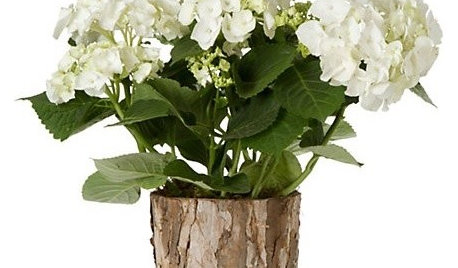
PRODUCT PICKSGuest Picks: Chase Away the After-Holiday Blues
Cheer up the home this winter with flowers, color and more harbingers of spring
Full Story
HOMES AROUND THE WORLDTraditional Kitchen Opens Up and Lightens Up
Removing a wall was key to creating a large kitchen and dining space for family life in this London house
Full Story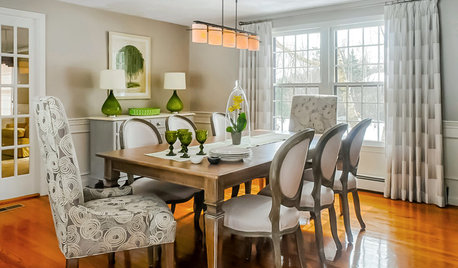
DINING ROOMSRoom of the Day: Grown-Up Style in a Family Dining Room
Easy-care fabrics, a lighter color palette and a great furniture save help a Boston-area family get the transitional look they were after
Full Story
MY HOUZZMy Houzz: Patterns Perk Up a 1920s Craftsman in Berkeley
Before and After: See how layered patterns, contemporary wallpaper and color accents add punch to this California home
Full Story
HOUZZ TOURSMy Houzz: 1940s Fixer-Upper Grows Up With the Family
After living in their post–World War II house for 8 years, a couple transform it into a home that works for their family today
Full Story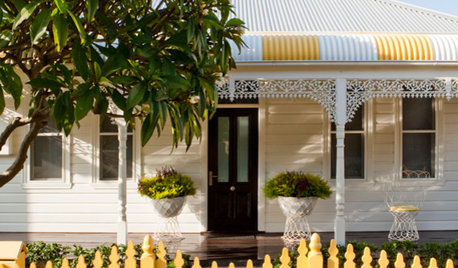
DECORATING GUIDESLighten Up — or Brighten Up — With Yellow
You can use this versatile color to create a buttery backdrop, add a zesty accent or make a bold design statement
Full Story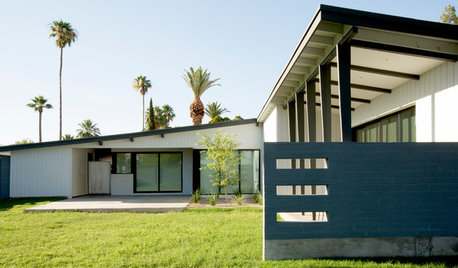
HOUZZ TOURSHouzz Tour: Opening Up a Midcentury Schreiber Home in Phoenix
With fewer walls and a respectful addition, this Arizona feels less boxed in
Full Story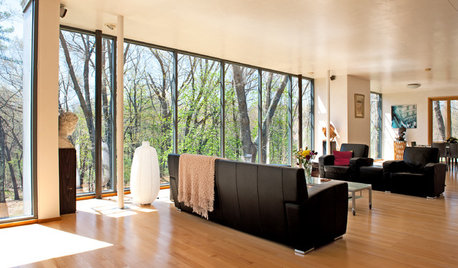
BEFORE AND AFTERSMy Houzz: A 1950s Bungalow Grows Up and Greens Out
Beauty and energy efficiency go hand in hand in this expanded and renovated Massachusetts forest home
Full Story
BEFORE AND AFTERSHouzz Tour: Midcentury Beach House Opens Up to the Outdoors
An update honors a modern Seattle home’s 1950s roots while making it a better entertaining space
Full StoryMore Discussions







brenda_near_eno
achang89Original Author
Related Professionals
Danbury Landscape Architects & Landscape Designers · Piqua Landscape Architects & Landscape Designers · Newcastle Landscape Architects & Landscape Designers · Berkeley Heights Landscape Contractors · Berwyn Landscape Contractors · Canby Landscape Contractors · Columbine Landscape Contractors · Pleasant Prairie Landscape Contractors · Welby Landscape Contractors · Casselberry Landscape Contractors · Guilford Fence Contractors · Saint Louis Park Fence Contractors · Hermosa Beach Fence Contractors · Levittown Siding & Exteriors · Rockville Siding & Exteriorsladyslppr
achang89Original Author